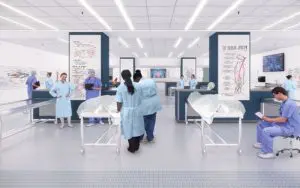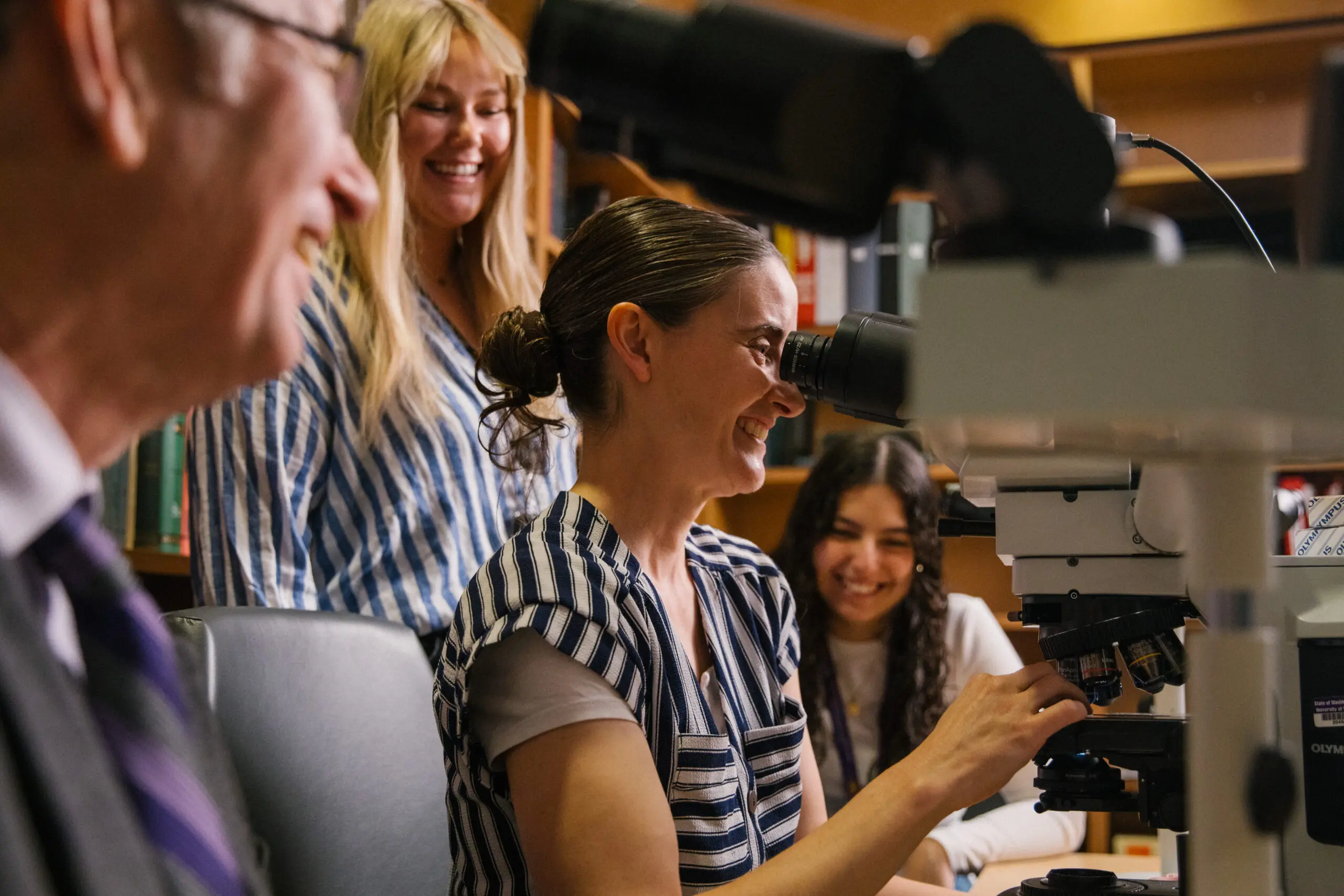In the new lab, large, wall-mounted monitors will allow students to see demonstrations at the instructor’s table as well as each other’s tables. They will also have several Anatomage tables, which are 3D imaging platforms with a computer screen surface that allows students to explore life-size virtual cadavers in layers.
Other equipment upgrades will enable high-quality recording of lectures and patient presentations that can be shared with other WWAMI sites. In the future, these technologies could allow students from different physical campuses to collaborate online in real time and learn together with virtual anatomy software.
In addition to modern technology, the new lab will feature improved facilities, including more storage space for bodies and specimens, administrative offices and modernized ventilation systems.
The new HSEB was thoughtfully designed, with input from faculty and students, to be a warmer and more inclusive space. Accessible spaces for studying and gathering will provide students from the six health science schools — dentistry, medicine, nursing, pharmacy, public health and social work — with opportunities for interprofessional interaction.
“Having our students train in interprofessional teams really helps set them up for success in the future,” says Allen.
The anatomy lab will also have some meaningful touches to honor their willed body donors. On the wall, a quote by Irving Berlin, which medical students helped select, will read, “The song is ended, but the melody lingers on.” A wall display will include letters from students to the families of donors as well as a display representing the scale of the program, with a cloth tie for each body that has been donated.
For both students and faculty, these features are a heartfelt acknowledgment of the critical importance of body donors in medical education.
An incredible gift
“When somebody donates their body, they’re giving an incredible gift for the education of healthcare professionals,” says Pittack, director of the UW Willed Body Program.
The program supplies “donors” — Pittack prefers this term over “cadavers” — to the School’s Seattle, Idaho, Spokane and Alaska campuses. When possible, they also supply donors to smaller state schools and community colleges in the region. In a typical year, the program receives 120 to 150 bodies, but demand always far exceeds supply.

A rendering of medical students and faculty in the anatomy lab in the new HSEB.
In the Human Form and Function (HFF) course, which teaches first- and second-year medical students gross and embryological anatomy, students work in groups of four. On the first day, they learn about the history of body donation and the use of bodies for medical education and science. Before dissections begin, students “meet” their donor in the lab and can talk with classmates and counselors about any anxiety or apprehension they may be feeling.
Although virtual reality and computer models are useful in learning basic anatomy, Pittack doesn’t think they can fully replace hands-on dissection. “No matter how good these models are, they don’t give a student the idea of the 3D relationships: the tissue, how tightly packed the organs are and the fascia between them,” she says.
“Every donor is different, and students are always amazed at the variation. Because donors are often older, students see conditions that the donor lived with and how that affected them, and that learning experience is really important for medical professionals.”
Students work with their donor from September through June. At the end of the course, the students organize a ceremony to honor their donors, including writing letters of appreciation to the donors’ families. Donors’ bodies are cremated and can either be returned to their families or interred in a communal site for willed body donors.
“The students get a sense that these were real people who had families, and being donors is part of their journey,” says Pittack, who co-leads the HFF course. “I feel the students have a real respect for the gift they’ve gotten.”
The importance of donor support
State funding and philanthropy have already played a significant role in creating the new HSEB. Additional donor support can help provide students with more educational tools for the anatomy lab, such as anatomical models.
Donor support could also help bring hydrolysis to the willed body program. Also known as “aquamation,” it’s a more environmentally friendly alternative to cremation, with less pollution, no burning of fossil fuels and significant energy savings.
Classes in the new building will begin in late 2022, and faculty are eagerly anticipating its grand opening.
“From distance technology that lets students work together across campuses, to wellness, to opportunities to interact with other health professions, the new building allows us to think about so many options for the future,” says Allen. “I’m excited about how we’ll be training people in the 21st century.”
Written by Stephanie Perry


